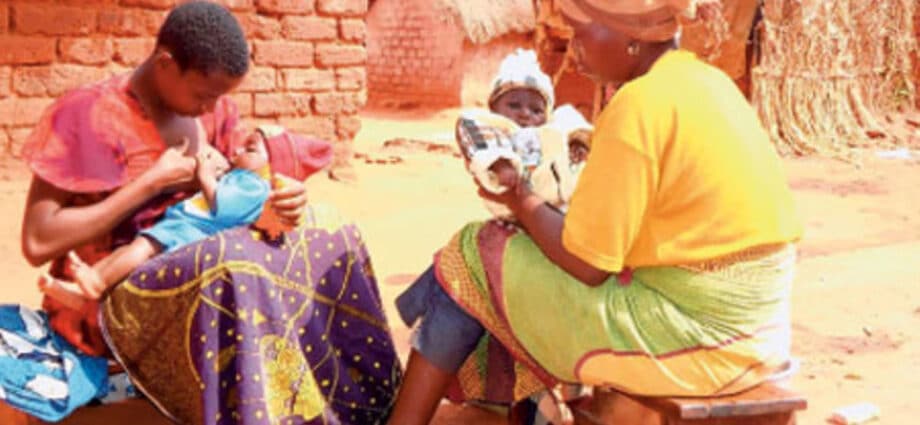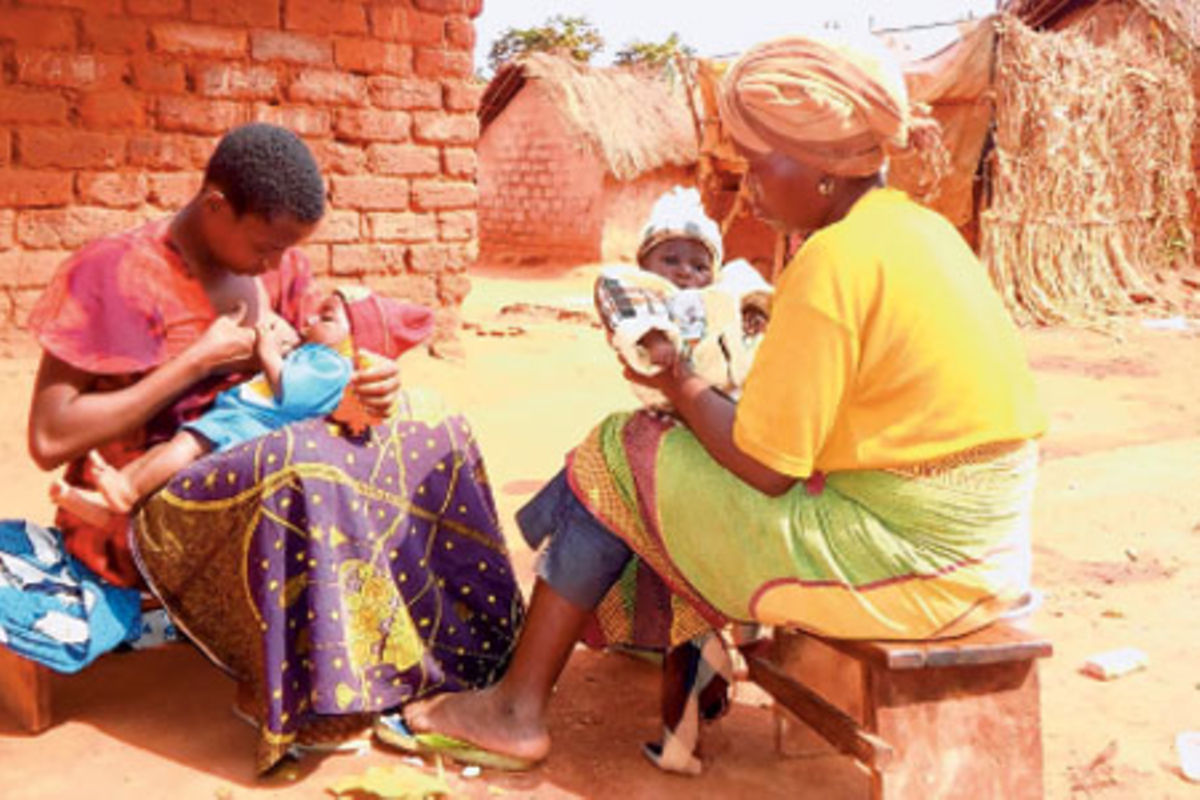Being a mother is not an easy task. It is a demanding and challenging role that requires immense dedication, patience, sacrifice, compassion, and an unwavering commitment to putting the needs of their children and the family first before their own.
Mothers play a fundamental role in nurturing and shaping their children. They are the primary caregivers, teaching values, and instilling them a sense of security and belonging. From pregnancy to adulthood, they provide love, care, guidance, support, strength, and inspiration, essential for physical, emotional, and psychological (mental) development.
Mothers undergo significant challenges and emotions during pregnancy, followed by sleepless nights caring for a newborn. Despite all the challenges they face, they still demonstrate incredible and unconditional love, strength, and resilience in fulfilling their roles. Their remarkable dedication to the well-being of their children and their ability to overcome obstacles with grace and determination are a testament to the profound impact of maternal love and sacrifice.
In recognizing the roles mothers play in society, on the second Sunday of May, various countries are honoring and celebrating by expressing their appreciation to all the mothers, grandmothers, and maternal figures who have profoundly touched their lives.
Mothers create a nurturing environment where children and family members, can find love, care, guidance, and support. They influence harmony through the strong bonds they create among family members. The impacts extend to the entire society because they nurture individuals who can contribute positively to their communities and the nation at large.
Dear mothers, wherever you are, know that you are invaluable and fulfilling a high calling. From caregiving, teaching, guiding/supporting, and inspiring people around you, you shape the present and future generations. Your participation in the workforce, education, politics, and community engagement contributes to economic development.
As I was waiting to celebrate Mother’s Day, the Minister for water, Juma Aweso, tabled his budget for 2024/2025 on Thursday 9th May, 2024. He requested the parliament to pass his budget of Tsh. 627 billion, which is less than the 2023/2024 budget (Tsh 756 billion).
The budget made me think about its impact on women/mothers, and girls, who are directly affected by the water crisis, due to their responsibility of collecting water, cooking, and caring for their families.
Tanzania’s population is increasing. As the population increases, demands for food, and water increase too. Looking at this year’s budget and the increasing water demand, it’s paradoxical to see that, the ministry has reduced its budget instead of increasing it.
Motherhood is not an easy task. It is a more demanding role especially when a mother lacks access to safe water. If there is no access to safe water, no proper hygiene can be practiced, hence people become more vulnerable to diseases like diarrhea, cholera, and typhoid.
Lack of access to safe water makes mothers spend significant amounts of time and energy collecting water from distant and often unsafe sources. That reduces the time for children caring, pursuing education, and generating income, further worsening the challenges faced by mothers.
Mothers can feel stressed, frustrated, helpless, and guilty for failure to provide clean water to their families due to factors beyond their control. Ensuring access to safe and clean water is a daily struggle for millions of mothers worldwide. Therefore, on this Mother’s Day, let us recognize their responsibilities, by supporting or investing in them. Let’s advocate for equitable access to clean water, a fundamental human right that enables them to thrive and fulfill their potential. By doing so we empower and fulfill their roles as caregivers and educators, creating healthier and more sustainable communities for generations to come. Moreover, let’s believe in the power that they hold, mothers play a great role in making the world a better place.
Dr. Saumu Jumanne is a Lecturer at Dar es Salaam University College of Education (DUCE).















